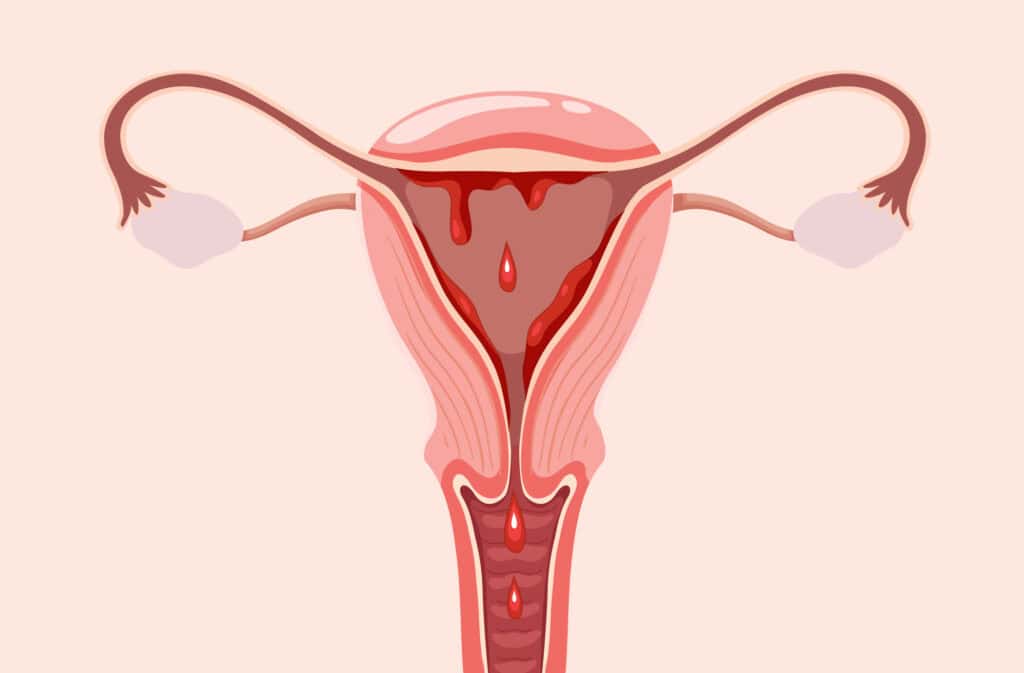Periods, also known as menstruation, are a natural and essential part of growing up for people with a uterus. While they can feel confusing or even scary at first, understanding what periods are and why they happen helps reduce anxiety and encourages healthier conversations around puberty and reproductive health.
In this article, we’ll break down what a period is, why it happens, and when it usually starts, in simple, relatable terms. Whether you’re a teen going through changes or a parent supporting your child, this guide is for you.
What Are Periods?
A period is part of the menstrual cycle, where the body sheds the lining of the uterus (womb) through the vagina. This process is completely normal and happens once a month for most people.
Each month, the body prepares for a possible pregnancy. Hormones like estrogen and progesterone cause the uterus lining to thicken, creating a suitable environment for a fertilized egg. If Pregnancy doesn’t happen, the body no longer needs the lining, so it breaks down and exits the body as menstrual blood.
Periods usually last between 3 to 7 days, and the menstrual cycle typically ranges from 21 to 35 days.
Why Do Periods Happen?
Periods are part of the reproductive system’s natural cycle. Here’s why they occur:
- Hormonal changes: The brain sends signals to the ovaries to release hormones that prepare the body for a potential pregnancy.
- Ovulation: Midway through the cycle, an egg is released from one of the ovaries.
- No fertilization: If the egg isn’t fertilized by sperm, the hormone levels drop.
- Uterine lining sheds: Without pregnancy, the thickened lining breaks down and leaves the body as a period.
It’s the body’s way of resetting and preparing for a new cycle.
When Do Periods Usually Start?
Periods usually begin during puberty, between the ages of 10 and 15, though some may start as early as 8 or as late as 16. This is called menarche, or a person’s first period.
Several factors influence when periods start:
- Genetics: If a mother or older sister got their period early, there’s a chance the same could happen.
- Body weight and overall health
- Nutrition and physical activity
- Environmental and emotional stress
It’s important to remember that every body is different. If a child hasn’t started their period by age 16, it’s a good idea to talk to a healthcare provider.
Early Signs a Period Is Coming
Some signs that a period might be starting soon include:
- Breast development
- Growth of pubic or underarm hair
- White or clear vaginal discharge
- Mood swings or cramps
These are all signs that hormones are shifting, and menstruation may begin soon.
What to Do When Your First Period Starts
When the first period comes, it’s helpful to be prepared:
- Have period products like pads or period underwear ready.
- Talk to a trusted adult if you have questions or feel unsure.
- Track your cycle using a calendar or period-tracking app.
- Maintain hygiene and change pads every 4–6 hours.
Most importantly, remember: Getting your period is a sign that your body is healthy and growing normally.
Final Thoughts
Periods are a natural part of life, and understanding them helps reduce fear and stigma. They usually start during puberty, triggered by hormonal changes in the body. Knowing what to expect makes the process smoother and more manageable.
If you’re a parent, having open, honest conversations with your child can make all the difference. And if you’re a young person reading this, know that you are not alone—millions go through this change every day, and it’s completely normal.



